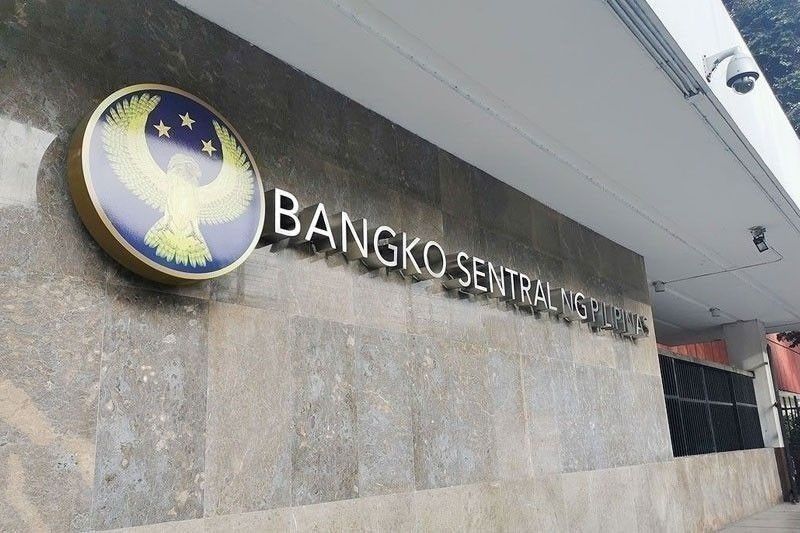BSP thumbs down reduction in thrift banks’ liquidity ratio

MANILA, Philippines — Reducing the minimum liquidity ratio (MLR) of thrift banks to 16 percent from the current 20 percent is not needed at this time as the industry remains capable of complying with the requirement, the Bangko Sentral ng Pilipinas (BSP) said.
While the BSP acknowledged the thrift banking industry’s contribution to economic growth through its lending activities, the central bank deems it appropriate to maintain the MLR of 20 percent.
“This ensures that covered banks have adequate liquid assets to withstand potential stress events while continuing to meet their clients’ funding needs,” the central bank said.
“A reduction of the MLR to 16 percent, which was implemented during the pandemic as a regulatory relief measure, is not warranted at this time,” it said.
According to the BSP, the MLR for the thrift banking industry has consistently stayed well above the minimum requirement.
As of May 2024, the industry reported over P35 billion in additional loanable funds. On an individual bank level, most banks are operating with liquidity ratios significantly exceeding the 20-percent requirement.
“This demonstrates that the thrift banking industry remains capable of complying with the prudential liquidity requirement while continuing to expand lending,” the central bank said.
The Chamber of Thrift Banks (CTB) has been urging the BSP to reduce the MLR to 16 percent as imposed during the pandemic as this could free up more funds for lending to consumers.
Cecilio San Pedro, president of CTB and Sterling Bank of Asia, earlier said the 20-percent liquidity ratio increases the reserve requirement for medium-sized banks.
The level of deposits that thrift banks are required to keep with the BSP is currently at two percent. San Pedro said that when factoring the two percent and the 20-percent MLR, the effective reserve requirement rises to 22 percent.
However, the BSP clarified that the MLR is not an additional reserve requirement for thrift banks as the two ratios serve different purposes.
“The MLR is a micro-prudential requirement intended to promote banks’ short-term resilience to liquidity shocks. In contrast, reserve requirements are employed as a monetary policy tool that aids to manage the volume of domestic liquidity,” it said.
The BSP also said that bank reserves are considered liquid assets under the MLR framework. Thus, the requirements are not additive in nature.
“The BSP continues to monitor banks’ compliance with liquidity requirements and will react promptly to any developments that may impede compliance on an industry-wide basis,” it added.
In April 2020, the BSP temporarily lowered the MLR for stand-alone thrift banks, freeing P10 billion into the financial system and boosting economic activity amid the COVID-19 pandemic.
Mid-sized and small banks are required by the central bank to maintain a stock of liquid assets proportionate to their on and off-balance sheet liabilities to promote short-term resilience of liquidity shocks.
The liquidity ratio is expressed as a percentage of a bank’s eligible stock of liquid assets, including cash on hand, reserves in the BSP, overnight and term deposits with BSP, deposits in other banks, eligible debt securities, among others to its total qualifying liabilities.
- Latest
- Trending





























